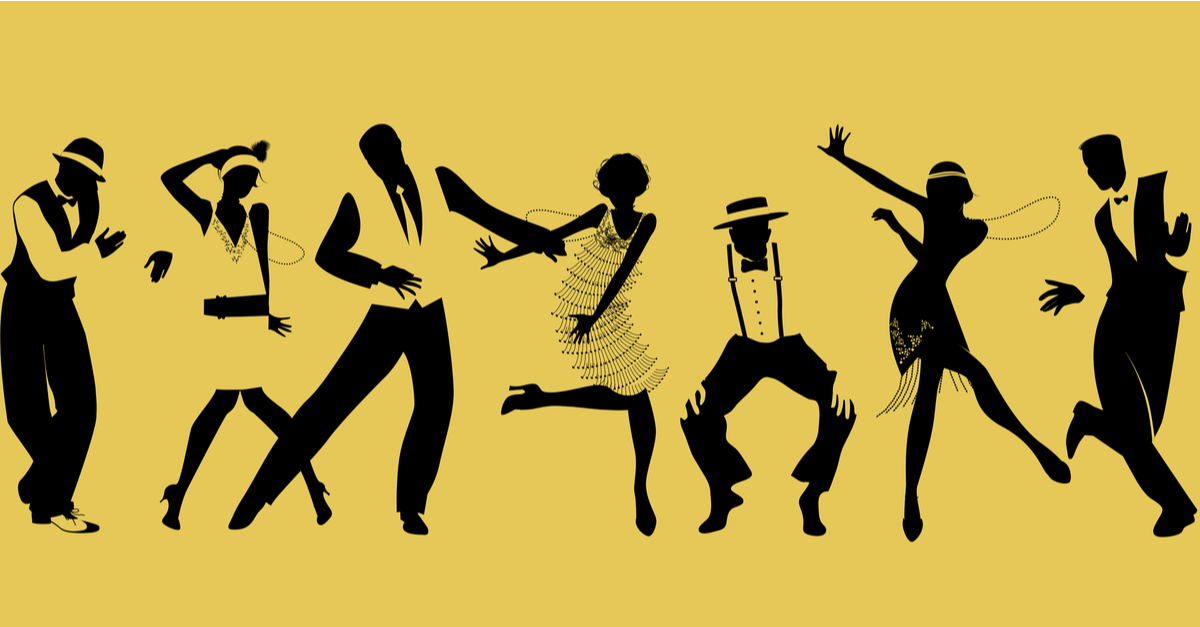
Celebrate Black History Month by learning more about how African American dance traditions shaped the ballroom dances we perform today.
When we celebrate Black History Month in February each year, we honor the successes and struggles of our country’s African American community. Historian Carter G. Woodhouse, along with other prominent African Americans, started the annual celebration in 1976, according to History.com, an online resource published by A&E Networks. President Gerald Ford was the first president to declare February as Black History Month, and every president has recognized the annual celebration since that time. Canada and the United Kingdom also take a beat to recognize the unique history of their citizens with African ancestry.
African Americans Help Fuel Ballroom Dancing
Ballroom dancing has a rich history steeped in tradition and ritual with influences from around the globe. Many of the dances that we teach at Fred Astaire Dance studios had their roots in the African American community. The increasing popularity of jazz music in the early 1900s helped bring African American dances to mainstream America. Here are a few dances influenced by African American culture.
Charleston. The Charleston is a social jazz dance characterized by toes-in, heels-out twisting steps. The dance was originally a black folk dance and is similar to dances performed in Nigeria, Trinidad, and Ghana, according to the Encyclopedia Britannica. The dance was first performed to a 1923 tune aptly named “The Charleston” by composer James P. Johnson from “Runnin’ Wild,” an African American musical. In this clip, two dancers on “Strictly Come Dancing,” a dance competition show on the BBC, dance The Charleston.
Lindy Hop. The Lindy Hop is a high-energy swing dance where partners keep their legs in constant movement. The Lindy Hop dance gained popularity at The Savoy Ballroom in the Harlem neighborhood of New York, one of the epicenters of jazz music. In this movie clip from “Hellzapoppin,” dancers give viewers a classic performance of the energetic Lindy Hop.
Jitterbug. The Jitterbug started in African American dance halls and hit the mainstream when it was featured in popular movies of the 1930s. Today, the original jerky movements of the Jitterbug are enhanced with tap and jazz steps. Here’s American celebrity Jerry Lewis performing the Jitterbug on the big screen. Lewis was recognized for his talent as a comedian, actor, filmmaker, and singer.
Learn to Dance at FADS
Highlight Black History Month by learning some of the popular dances that shaped our nation’s culture. To learn some new dance moves, contact your local Fred Astaire Dance Studios location to schedule a lesson.

